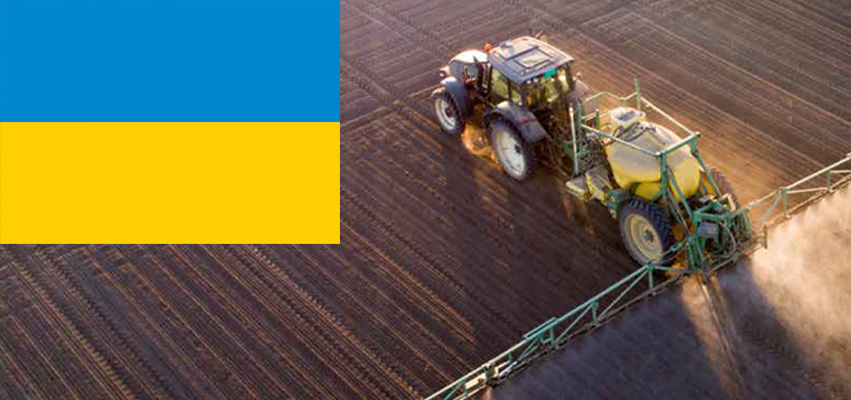From Breadbasket to Breadbasket

The agriculture sector of our economy has been on a wild ride since the first of the year. The Russian invasion of Ukraine in late February fanned the fire even more.
There have been many questions as to how this world event will impact the American energy sector, farm fertilizer supply, and the production and export of grain.
In a typical year, farmers throughout the U.S. will grow nearly 100 million acres of corn, 100 million acres of soybeans, and 50 million acres of wheat. Compare this to the Ukraine, which has just over 100 million acres of agricultural land. They are a significant player in world grain production.
Geographically, Ukraine is the second largest country in Europe (behind Russia), similar in size to the eastern United States from the Mississippi River to the Atlantic Ocean. It is located along a similar latitude as the state of Minnesota. A latitude of 0 is at the Equator (going east to west around the earth) and a latitude of 90 is at the north pole (northern Canada). Ukraine’s latitude falls between 46 and 52, Minnesota’s between 44 and 49.
Even though Ukraine is further north than Illinois, farmers there can still grow great crops. Keep in mind that as you travel north, the number of growing days is fewer, but the length of the days is much longer during the growing season. So, with each additional daylight hour, plants are able to grow during a longer period of time each day. That explains why heads of cabbage grown in Alaska are huge, given that state’s many hours of daylight in June and July.
Ukrainian farmers experience a similar growing season to farmers in the upper Midwest. They planted winter wheat last fall, intending to harvest this summer, and normally they would be preparing to plant their spring crops, such as corn, around the first of April.
Russia and Ukraine grow approximately one-third of the world’s exported wheat. Much of that wheat goes to countries such as Egypt and China. Ports on the Black Sea bordering Ukraine are where most of the shipments originate. If these seaports are closed due to the war, how will these countries get their shipments of wheat?
This may have been factored into the price of U.S. wheat, as this commodity has seen the highest uptick in prices, compared to corn and soybeans. Will countries normally dependent on Ukrainian and Russian wheat now seek other sources of the grain? Time will tell how this scenario plays out.
Another factor to look at is energy and fertilizer. Russia is a large global exporter of natural gas, nitrogen and potash, producing between 15 percent and 20 percent of the world’s supply of each of these products. Natural gas is used to make nitrogen fertilizer such as anhydrous ammonia and urea. Nitrogen is the most important fertilizer in producing corn, which is a grass. Although the U.S. may not receive large quantities of these energy and fertilizer products from the Ukraine and Russia, Europe does depend on them. So does South America’s largest crop-producing country, Brazil.
It sounds as though local supplies of fertilizer to Peoria area farmers are adequate for this spring. Nitrogen, phosphorus and potassium will be applied primarily to fields being planted in corn, and to a lesser extent on fields being planted to soybeans. Much of the nitrogen, in the anhydrous ammonia form, was applied last fall, so many of our area farmers should be in good shape heading into the spring planting season.

Patrick Kirchhofer is manager of the Peoria County Farm Bureau,
a position he has held since 1995.

